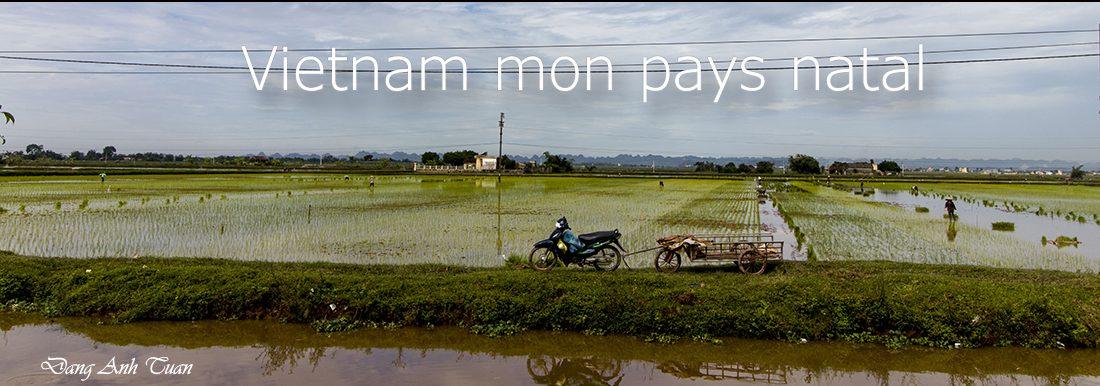Khu phố Latin tọa lạc ở quận 5 của thủ đô ánh sáng Paris. Không chỉ là khu phố sinh viên mà nó còn thu hút rất nhiều khách du lịch nhờ các công trình nổi tiếng như nhà thờ Đức Bà, quảng trường Saint Michel với đài phun nước, đại học Sorbonne, điện Panthéon, vườn hoa đẹp nhất Paris Lục xâm Bảo vân vân.. Nó còn là nơi tụ tập ăn uống, có nhiều quán cà phê và nhà hàng, còn là nơi mà bạn có thể la cà tìm kiếm các sách cũ với các tiệm sách vân vân …
Situé dans le cinquième arrondissement de la ville lumière Paris, le quartier latin n’est pas non seulement le quartier des étudiants mais aussi celui des touristes grâce à la présence de plusieurs sites historiques célèbres comme l’église Notre Dame, la place Saint Michel avec sa fontaine, la prestigieuse Sorbonne, le Panthéon, le charmant jardin Luxembourg etc. Il regroupe aussi de nombreux café-restaurants. C’est ici qu’on peut trainer des heures pour chercher des anciens livres, des livres d’occasion à prix réduit etc.







